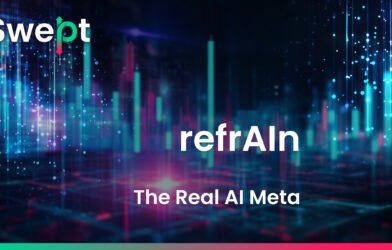Artificial intelligence’s rapid expansion is creating a massive energy infrastructure shortfall that could cost $2 trillion or more to resolve by 2030.
A new report by Goldman Sachs Powering the AI Era, explains that as AI development surges, a new bottleneck is forming in the energy sector that is falling short of supplying power to data centers critical to the AI space.
The lofty prediction about the spending needed to meet power demand is in line with the trillion-dollar prediction that Morgan Stanley recently made about the market opportunity for the AI sector.
We Need More Power
With the rise of large language models (LLMS), agentic systems, and generative AI platforms, global demand for compute power has exploded. Between June 2024 and mid-2025, AI token consumption has increased by over 4,200%, and the energy demands of data centers have surged alongside it. According to Goldman Sachs, more than 60% of future data center power requirements will need to come from new energy capacity, not just existing infrastructure.

This presents a significant challenge for U.S. utilities, which are already grappling with aging grids and increasing climate volatility. Capital expenditures in the utility sector have more than doubled in the past decade, yet a growing power deficit remains.
By the end of 2025, the U.S. is expected to face an energy shortfall of 11.4%, making it harder for American AI companies to scale domestically.
In response, hyperscalers like AWS, Google, and Azure will need to invest heavily in new data centers. Yet these companies cannot singlehandedly solve the energy issue. While some are experimenting with renewable and nuclear energy solutions, the reality is that a combination of public and private investment will be required to meet rising demand.

Could Nuclear Power Be the Answer?
Notably, the report emphasizes nuclear energy as a desirable long-term solution due to its reliability and output efficiency—despite lingering public perception challenges. Some companies are already reviving decommissioned nuclear reactors to meet compute demand without relying on overstretched public grids.
In total, Goldman Sachs forecasts a $12 trillion capital demand across transmission, utilities, and digital infrastructure by 2030. This investment is essential to ensure AI-powered services remain online and scalable.
As the AI boom continues, energy becomes the foundational layer of the tech stack. For investors, infrastructure developers, and policymakers alike, the message is clear: if AI is the future, energy is the cost of admission.













Sogni & Prodia: Which GenAI Image Generator Leads The Pack? — Swept Media
[…] AI Energy Crisis: The $2T […]